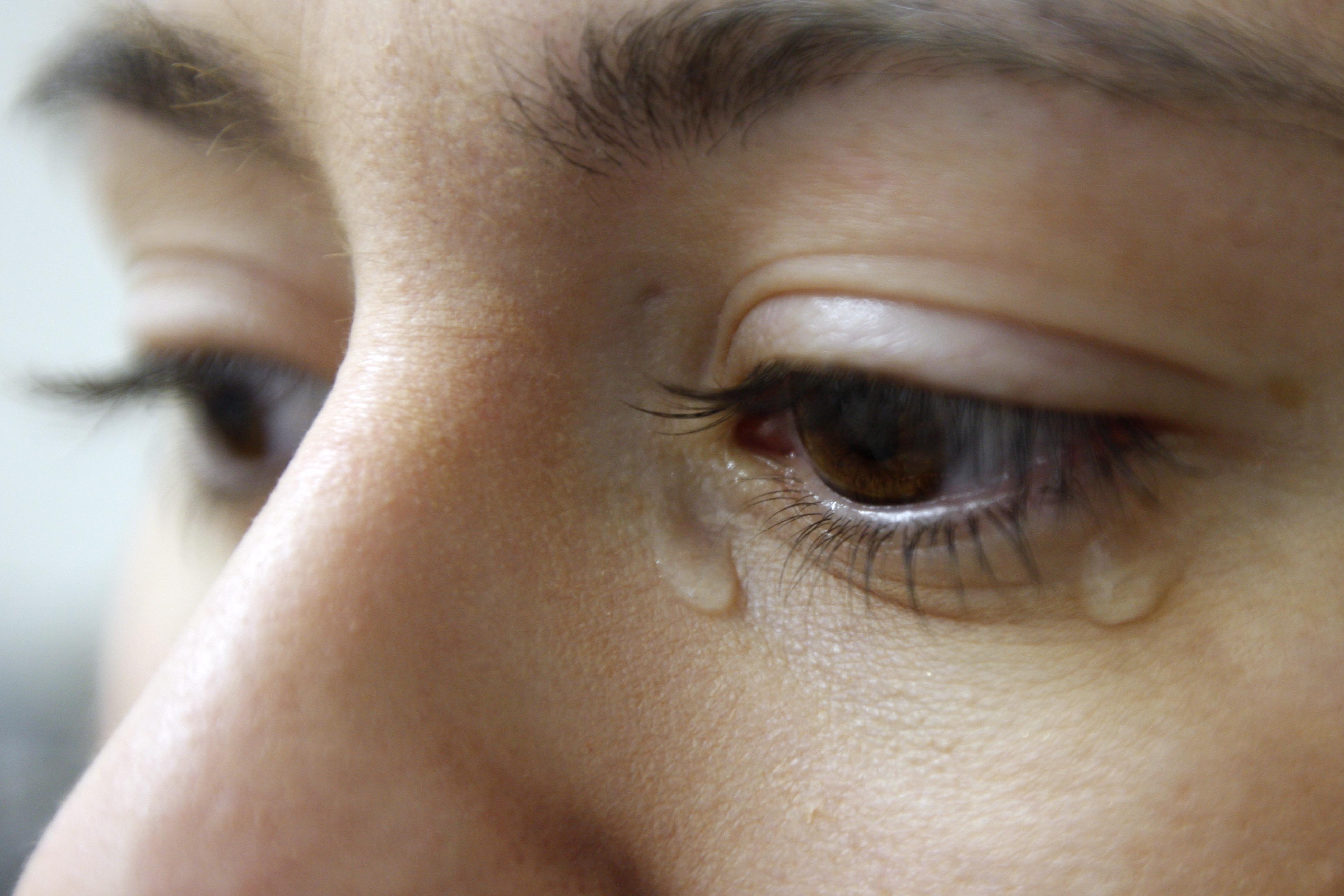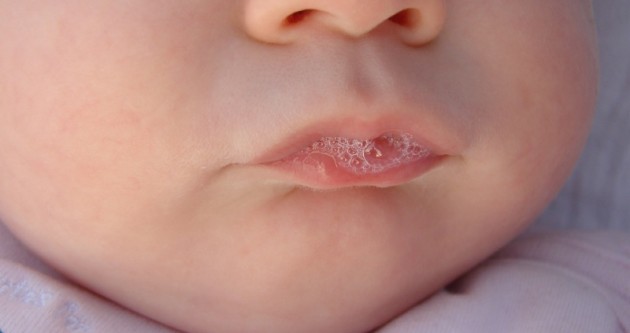|
SLUDGE Syndrome
A cholinergic crisis is an over-stimulation at a neuromuscular junction due to an excess of acetylcholine, as a result of the inactivity of the acetylcholinesterase enzyme, which normally breaks down acetylcholine. Signs and symptoms As a result of cholinergic crisis, the muscles stop responding to the high synaptic levels of acetylcholine, leading to flaccid paralysis, respiratory failure, and other signs and symptoms reminiscent of organophosphate poisoning. Other symptoms include increased sweating, salivation, bronchial secretions along with miosis (constricted pupils). Some of the symptoms of increased cholinergic stimulation include: * Salivation: stimulation of the salivary glands * Lacrimation: stimulation of the lacrimal glands (tearing) * Urination: relaxation of the internal sphincter muscle of urethra, and contraction of the detrusor muscles * Defecation * Gastrointestinal distress: Smooth muscle tone changes causing gastrointestinal problems, including cramp ... [...More Info...] [...Related Items...] OR: [Wikipedia] [Google] [Baidu] |
Hypersalivation
Hypersalivation or hypersialosis is the excessive production of saliva. It has also been defined as increased amount of saliva in the mouth, which may also be caused by decreased clearance of saliva.Medscape > HypersalivationBy Erica Brownfield. Posted: 05/19/2004 Hypersalivation can contribute to drooling if there is an inability to keep the mouth closed or difficulty in swallowing (dysphagia) the excess saliva, which can lead to excessive spitting. Hypersalivation also often precedes emesis (vomiting), where it accompanies nausea (a feeling of needing to vomit). Causes Excessive production Conditions that can cause saliva overproduction include: *Rabies *Pellagra (niacin or vitamin B3 deficiency) *Gastroesophageal reflux disease, in such cases specifically called a water brash (a loosely defined lay term), and is characterized by a sour fluid or almost tasteless saliva in the mouth *Gastroparesis (main symptoms are nausea, vomiting, and reflux) *Pregnancy * Fluoride therapy ... [...More Info...] [...Related Items...] OR: [Wikipedia] [Google] [Baidu] |
Enzyme
An enzyme () is a protein that acts as a biological catalyst by accelerating chemical reactions. The molecules upon which enzymes may act are called substrate (chemistry), substrates, and the enzyme converts the substrates into different molecules known as product (chemistry), products. Almost all metabolism, metabolic processes in the cell (biology), cell need enzyme catalysis in order to occur at rates fast enough to sustain life. Metabolic pathways depend upon enzymes to catalyze individual steps. The study of enzymes is called ''enzymology'' and the field of pseudoenzyme, pseudoenzyme analysis recognizes that during evolution, some enzymes have lost the ability to carry out biological catalysis, which is often reflected in their amino acid sequences and unusual 'pseudocatalytic' properties. Enzymes are known to catalyze more than 5,000 biochemical reaction types. Other biocatalysts include Ribozyme, catalytic RNA molecules, also called ribozymes. They are sometimes descr ... [...More Info...] [...Related Items...] OR: [Wikipedia] [Google] [Baidu] |
Defecation
Defecation (or defaecation) follows digestion and is the necessary biological process by which organisms eliminate a solid, semisolid, or liquid metabolic waste, waste material known as feces (or faeces) from the digestive tract via the anus or cloaca. The act has a variety of names, ranging from the technical (e.g. bowel movement), to the common (like pooping or crapping), to the obscene (''Shit, shitting''), to the euphemistic ("doing number two", "dropping a deuce" or "taking a dump"), to the juvenile ("going poo-poo" or "making doo-doo"). The topic, usually avoided in polite company, forms the basis of scatological humor. human feces, Humans expel feces with a frequency varying from a few times daily to a few times weekly. Waves of muscle, muscular contraction (known as ''peristalsis'') in the walls of the colon (anatomy), colon move fecal matter through the digestive tract towards the rectum. Flatus may also be expulsed. Undigested food may also be expelled within the fec ... [...More Info...] [...Related Items...] OR: [Wikipedia] [Google] [Baidu] |
Detrusor Urinae Muscle
The detrusor muscle, also detrusor urinae muscle, muscularis propria of the urinary bladder and (less precise) muscularis propria, is smooth muscle found in the wall of the bladder. The detrusor muscle remains relaxed to allow the bladder to store urine, and contracts during urination to release urine. Related are the urethral sphincter muscles which envelop the urethra to control the flow of urine when they contract. Structure The fibers of the detrusor muscle arise from the posterior surface of the body of the pubis in both sexes (musculi pubovesicales), and in the male from the adjacent part of the prostate. These fibers pass, in a more or less longitudinal manner, up the inferior surface of the bladder, over its apex, and then descend along its fundus to become attached to the prostate in the male, and to the front of the vagina in the female. At the sides of the bladder the fibers are arranged obliquely and intersect one another. The three layers of muscles are arrang ... [...More Info...] [...Related Items...] OR: [Wikipedia] [Google] [Baidu] |
Internal Sphincter Muscle Of Urethra
The internal urethral sphincter is a urethral sphincter muscle which constricts the internal urethral orifice. It is located at the junction of the urethra with the urinary bladder and is continuous with the detrusor muscle, but anatomically and functionally fully independent from it., page 29Preview Amazon It is composed of smooth muscle, so it is under the control of the autonomic nervous system, specifically the sympathetic nervous system. Function This is the primary muscle for maintaining continence of urine, a function shared with the external urethral sphincter which is under voluntary control. It prevents urine leakage as the muscle is tonically contracted via sympathetic fibers traveling through the inferior hypogastric plexus and vesical nervous plexus. Specifically, it is controlled by the hypogastric nerve, predominantly via the alpha-1 adrenergic receptor. During urination, the preganglionic neurons of this sympathetic pathway are inhibited via signals arising in ... [...More Info...] [...Related Items...] OR: [Wikipedia] [Google] [Baidu] |
Urination
Urination is the release of urine from the bladder through the urethra in Placentalia, placental mammals, or through the cloaca in other vertebrates. It is the urinary system's form of excretion. It is also known medically as micturition, voiding, uresis, or, rarely, emiction, and known colloquially by various names including peeing, weeing, pissing, and euphemistically number one. The process of urination is under voluntary control in healthy humans and #Animals, other animals, but may occur as a reflex in infants, some elderly individuals, and those with neurological injury. It is normal for adult humans to urinate up to seven times during the day. In some animals, in addition to expelling waste material, urination #Other animals, can mark territory or express submissiveness. Physiologically, urination involves coordination between the central nervous system, central, autonomic nervous system, autonomic, and somatic nervous systems. Brain centres that regulate urination in ... [...More Info...] [...Related Items...] OR: [Wikipedia] [Google] [Baidu] |
Lacrimal Glands
The lacrimal glands are paired exocrine glands, one for each eye, found in most terrestrial vertebrates and some marine mammals, that secrete the aqueous layer of the tear film. In humans, they are situated in the upper lateral region of each orbit, in the lacrimal fossa of the orbit formed by the frontal bone. Inflammation of the lacrimal glands is called dacryoadenitis. The lacrimal gland produces tears which are secreted by the lacrimal ducts, and flow over the ocular surface, and then into canals that connect to the lacrimal sac. From that sac, the tears drain through the lacrimal duct into the nose. Anatomists divide the gland into two sections, a palpebral lobe, or portion, and an orbital lobe or portion. The smaller ''palpebral lobe'' lies close to the eye, along the inner surface of the eyelid; if the upper eyelid is everted, the palpebral portion can be seen. The orbital lobe of the gland, contains fine interlobular ducts that connect the orbital lobe and the palpebra ... [...More Info...] [...Related Items...] OR: [Wikipedia] [Google] [Baidu] |
Lacrimation
Tears are a clear liquid secreted by the lacrimal glands (tear gland) found in the eyes of all land mammals. Tears are made up of water, electrolytes, proteins, lipids, and mucins that form layers on the surface of eyes. The different types of tears—basal, reflex, and emotional—vary significantly in composition. The functions of tears include lubricating the eyes (basal tears), removing irritants (reflex tears), and also aiding the immune system. Tears also occur as a part of the body's natural pain response. Emotional secretion of tears may serve a biological function by excreting stress-inducing hormones built up through times of emotional distress. Tears have symbolic significance among humans. Physiology Chemical composition Tears are made up of three layers: lipid, aqueous, and mucous. Tears are composed of water, salts, antibodies, and lysozymes (antibacterial enzymes); though composition varies among different tear types. The composition of tears caused by an ... [...More Info...] [...Related Items...] OR: [Wikipedia] [Google] [Baidu] |
Salivary Glands
The salivary glands in many vertebrates including mammals are exocrine glands that produce saliva through a system of Duct (anatomy), ducts. Humans have three paired major salivary glands (Parotid gland, parotid, Submandibular gland, submandibular, and sublingual gland, sublingual), as well as hundreds of minor salivary glands. Salivary glands can be classified as Serous gland, serous, Mucous gland, mucous, or seromucous gland, seromucous (mixed). In Serous fluid, serous secretions, the main type of protein secreted is alpha-amylase, an enzyme that breaks down starch into maltose and glucose, whereas in Mucus, mucous secretions, the main protein secreted is mucin, which acts as a lubricant. In humans, 1200 to 1500 ml of saliva are produced every day. The secretion of saliva (salivation) is mediated by Parasympathetic nervous system, parasympathetic stimulation; acetylcholine is the active neurotransmitter and binds to Muscarinic acetylcholine receptor M1, muscarinic receptors in ... [...More Info...] [...Related Items...] OR: [Wikipedia] [Google] [Baidu] |
Salivation
Saliva (commonly referred as spit or drool) is an extracellular fluid produced and secreted by salivary glands in the mouth. In humans, saliva is around 99% water, plus electrolytes, mucus, white blood cells, epithelial cells (from which DNA can be extracted), enzymes (such as lingual lipase and amylase), and antimicrobial agents (such as secretory IgA, and lysozymes). The enzymes found in saliva are essential in beginning the process of digestion of dietary starches and fats. These enzymes also play a role in breaking down food particles entrapped within dental crevices, thus protecting teeth from bacterial decay. Saliva also performs a lubricating function, wetting food and permitting the initiation of swallowing, and protecting the oral mucosa from drying out. Saliva has specialized purposes for a variety of animal species beyond predigestion. Certain swifts construct nests with their sticky saliva. The foundation of bird's nest soup is an aerodramus nest. Venomous sa ... [...More Info...] [...Related Items...] OR: [Wikipedia] [Google] [Baidu] |
Cholinergic
Cholinergic agents are compounds which mimic the action of acetylcholine and/or butyrylcholine. In general, the word " choline" describes the various quaternary ammonium salts containing the ''N'',''N'',''N''-trimethylethanolammonium cation. Found in most animal tissues, choline is a primary component of the neurotransmitter acetylcholine and functions with inositol as a basic constituent of lecithin. Choline also prevents fat deposits in the liver and facilitates the movement of fats into cells. The parasympathetic nervous system, which uses acetylcholine almost exclusively to send its messages, is said to be almost entirely cholinergic. Neuromuscular junctions, preganglionic neurons of the sympathetic nervous system, the basal forebrain, and brain stem complexes are also cholinergic, as are the receptor for the merocrine sweat glands. In neuroscience and related fields, the term cholinergic is used in these related contexts: * A substance (or ligand) is cholinergic if ... [...More Info...] [...Related Items...] OR: [Wikipedia] [Google] [Baidu] |
Miosis
Miosis, or myosis (), is excessive constriction of the pupil. citing: Mosby's Medical Dictionary, 8th ed. The opposite condition, mydriasis, is the dilation of the pupil. Anisocoria is the condition of one pupil being more dilated than the other. Causes Age * Senile miosis (a reduction in the size of a person's pupil in old age)Diseases *[...More Info...] [...Related Items...] OR: [Wikipedia] [Google] [Baidu] |






